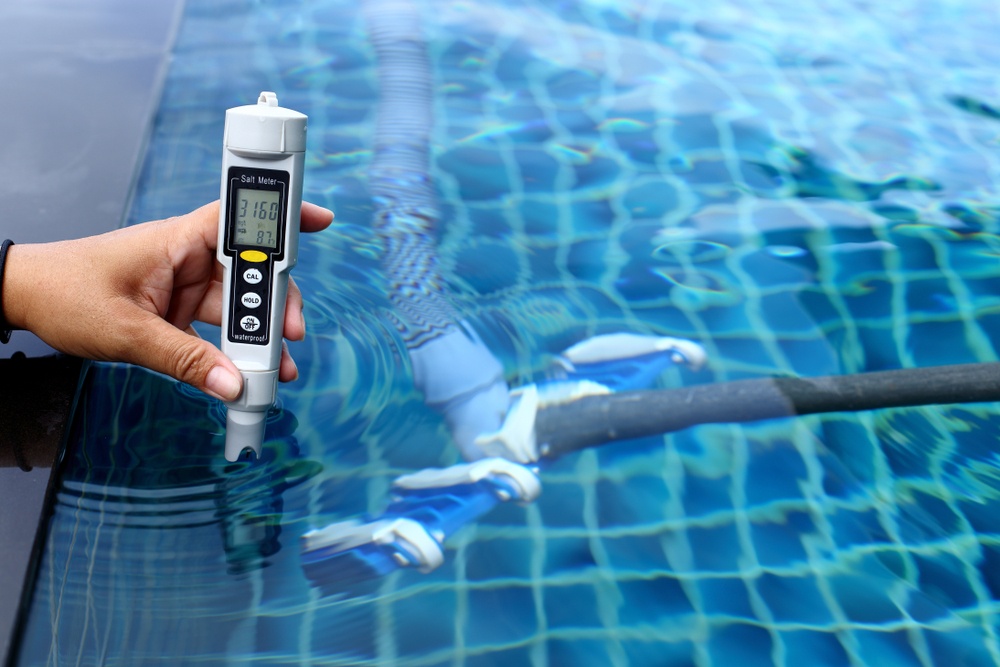
How to Maintain Your Pool Water Chemistry
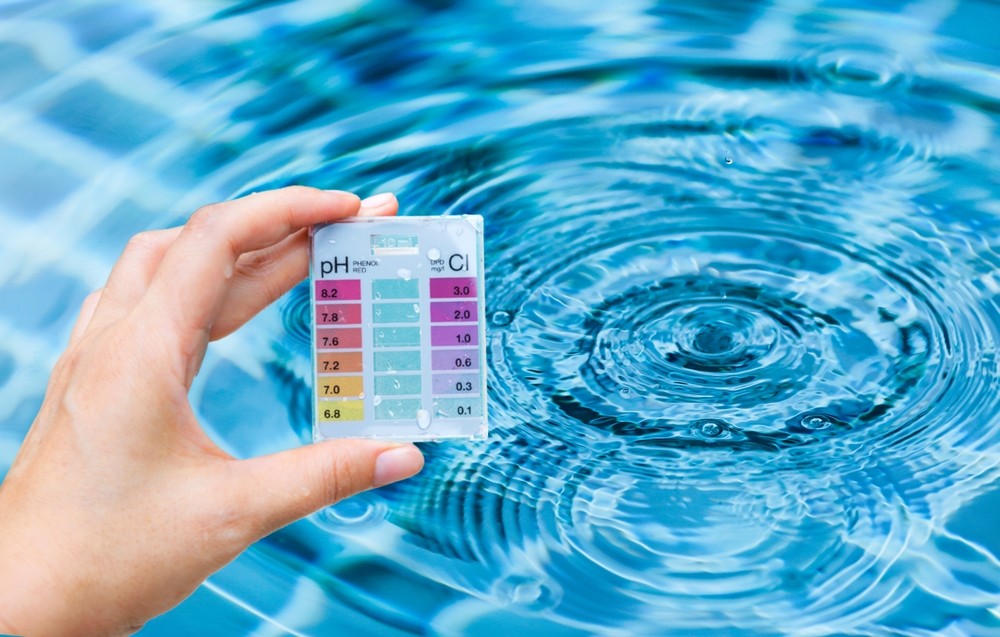
Welcome to the world of pool maintenance, where understanding water chemistry is not just a science, but an art. For many pool owners, the concept of balancing water chemistry can feel a bit overwhelming. But fear not! We’re here to break it down into bite-sized, easy-to-understand pieces.
Water chemistry is essentially about balancing different chemical levels in your pool water. Why is this important, you ask? Well, maintaining the right balance ensures that your pool water is safe, comfortable, and doesn’t damage your pool equipment. Key components of water chemistry include pH levels, total alkalinity, and chlorine levels.
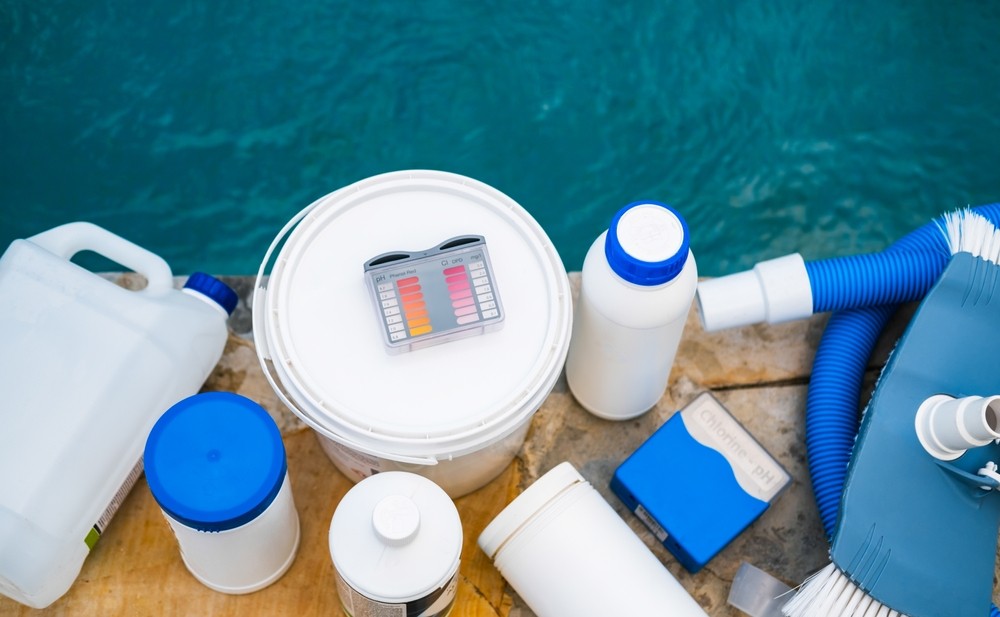
Latest

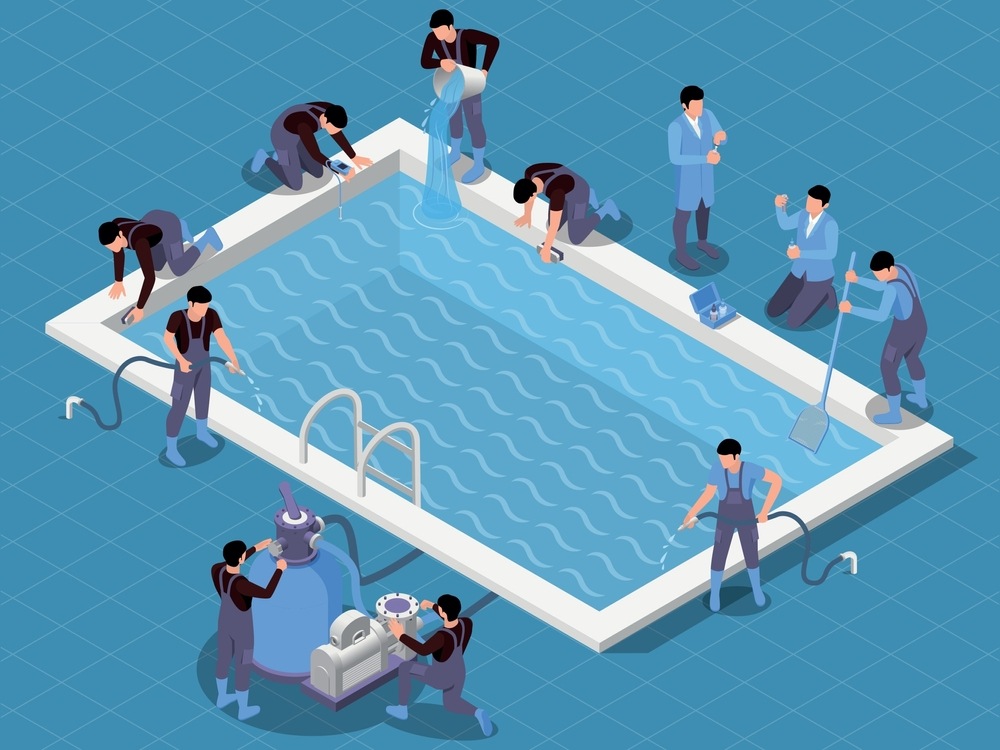
How Do You Properly Clean a Fiberglass Pool in 2024?
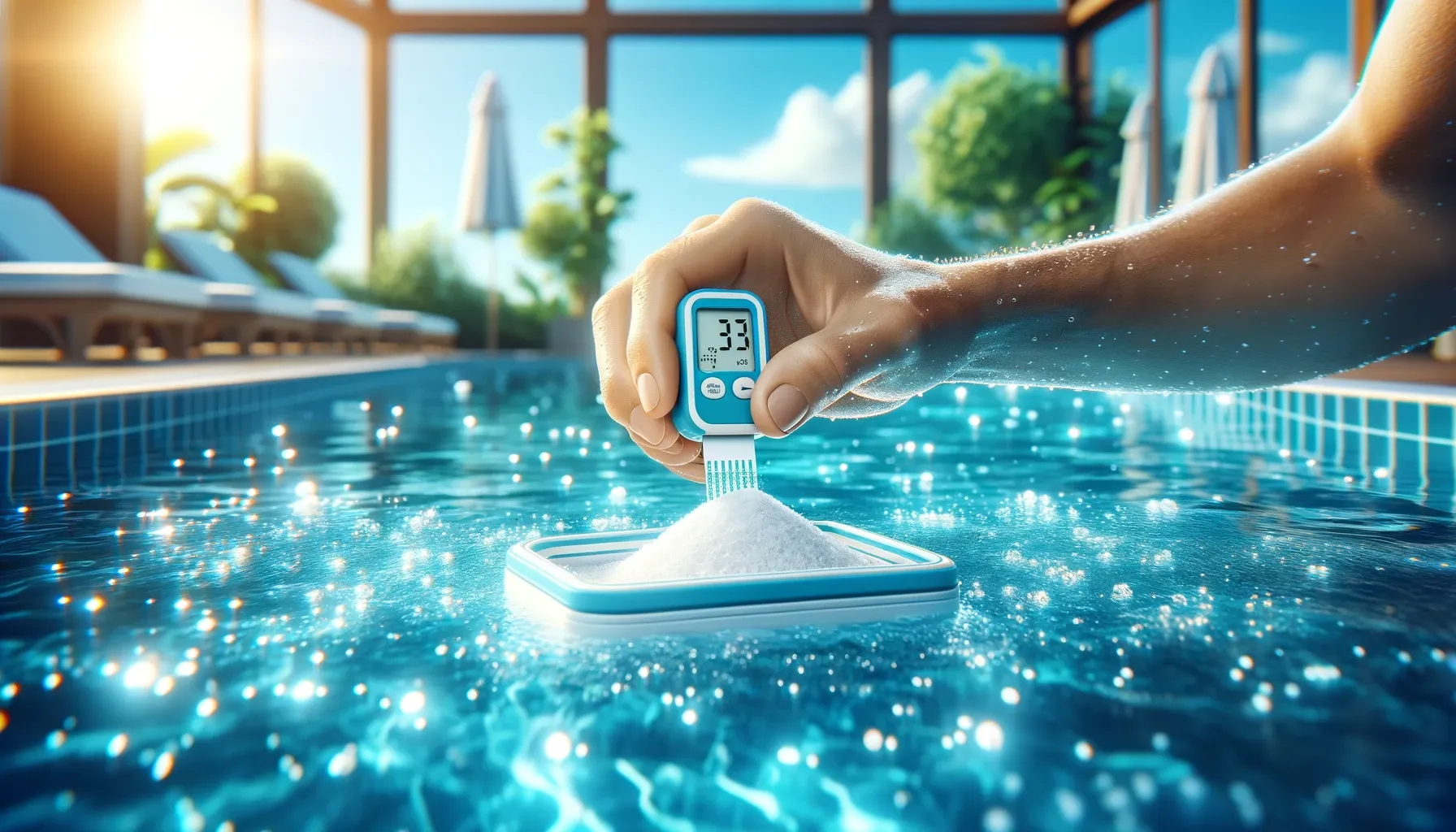
How Do You Know If Your Pool Needs Salt?
Categories
Understanding the Basics of Water Chemistry in Pool Maintenance
First off, let’s talk about pH levels. The pH scale measures how acidic or alkaline your pool water is. A pH level of 7 is neutral – anything below is acidic, and anything above is alkaline. For pools, the sweet spot is between 7.2 and 7.6. This range is crucial for comfort and also helps chlorine work effectively.
But it’s not just about comfort. Incorrect pH levels can be harsh on your skin and eyes. And let’s not forget about your pool equipment and surfaces. High pH can lead to scaling on your pool walls and inefficient filtering, while low pH can cause corrosion.
Total Alkalinity (TA)
Next up, total alkalinity (TA). Think of TA as the supporting character that helps pH levels shine. It helps stabilize the pH, preventing wild fluctuations that can be a nightmare to control. Ideal TA levels generally range from 80 to 120 parts per million (ppm).
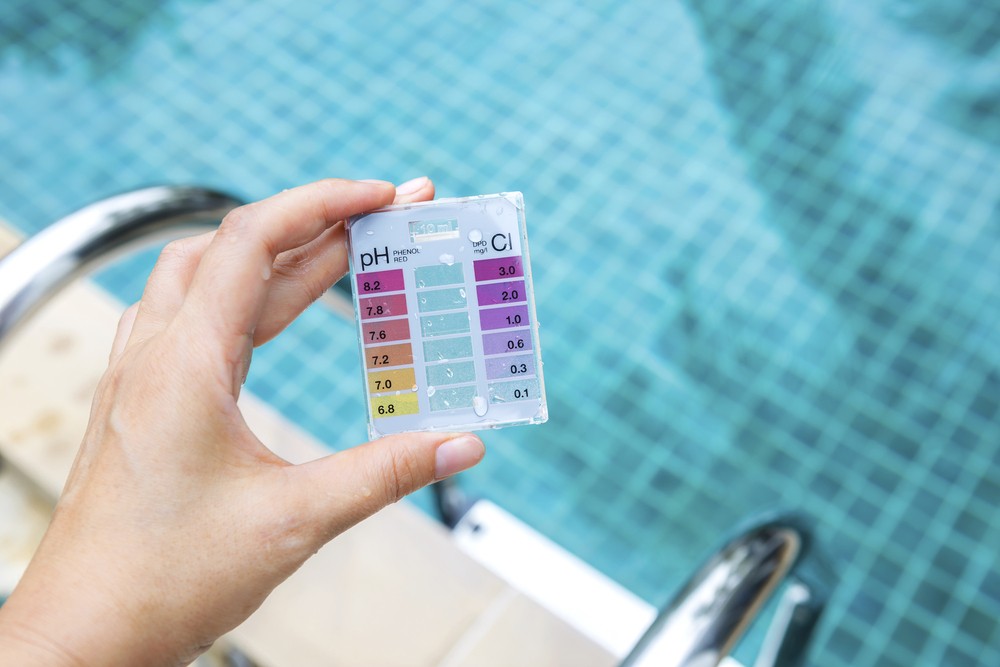
Navigating the Intricacies of Chlorine and Other Chemical Balances
Diving deeper into the pool water chemistry, we arrive at the cornerstone of pool sanitation: chlorine. Chlorine is the superhero of your pool, tirelessly fighting off bacteria and keeping your water sparkling clean. But, like any hero, it needs the right environment to thrive.
The effectiveness of chlorine is closely tied to the pH level we discussed earlier. When pH levels are balanced, chlorine can effectively sanitize your pool. But if the pH is off, chlorine becomes less effective, even if you have the right amount. The ideal chlorine level is between 1 and 3 ppm. This range ensures effective sanitation without irritating swimmers.
You Also Need To Consider Stabilizers
But there’s more to pool chemistry than just pH and chlorine. You also need to consider stabilizers like cyanuric acid. This chemical protects chlorine from being quickly depleted by the sun’s UV rays. It’s like sunscreen for your chlorine! However, balance is key here too. Too much stabilizer can reduce chlorine’s effectiveness, while too little leaves it vulnerable to the sun.
Calcium hardness is another aspect often overlooked but equally important. It refers to the amount of dissolved calcium in your pool water. The right calcium level (typically between 200 and 400 ppm) prevents wear and tear on your pool surfaces and equipment. Too much calcium leads to scale formation, while too little can make your water corrosive.
Total Dissolved Solids (TDS)
And let’s not forget about total dissolved solids (TDS). Over time, everything from sunscreen to body oils can increase your pool’s TDS levels. High TDS can make your pool water cloudy and reduce the efficiency of your chlorine. Regular pool maintenance and water replacement can keep these levels in check.
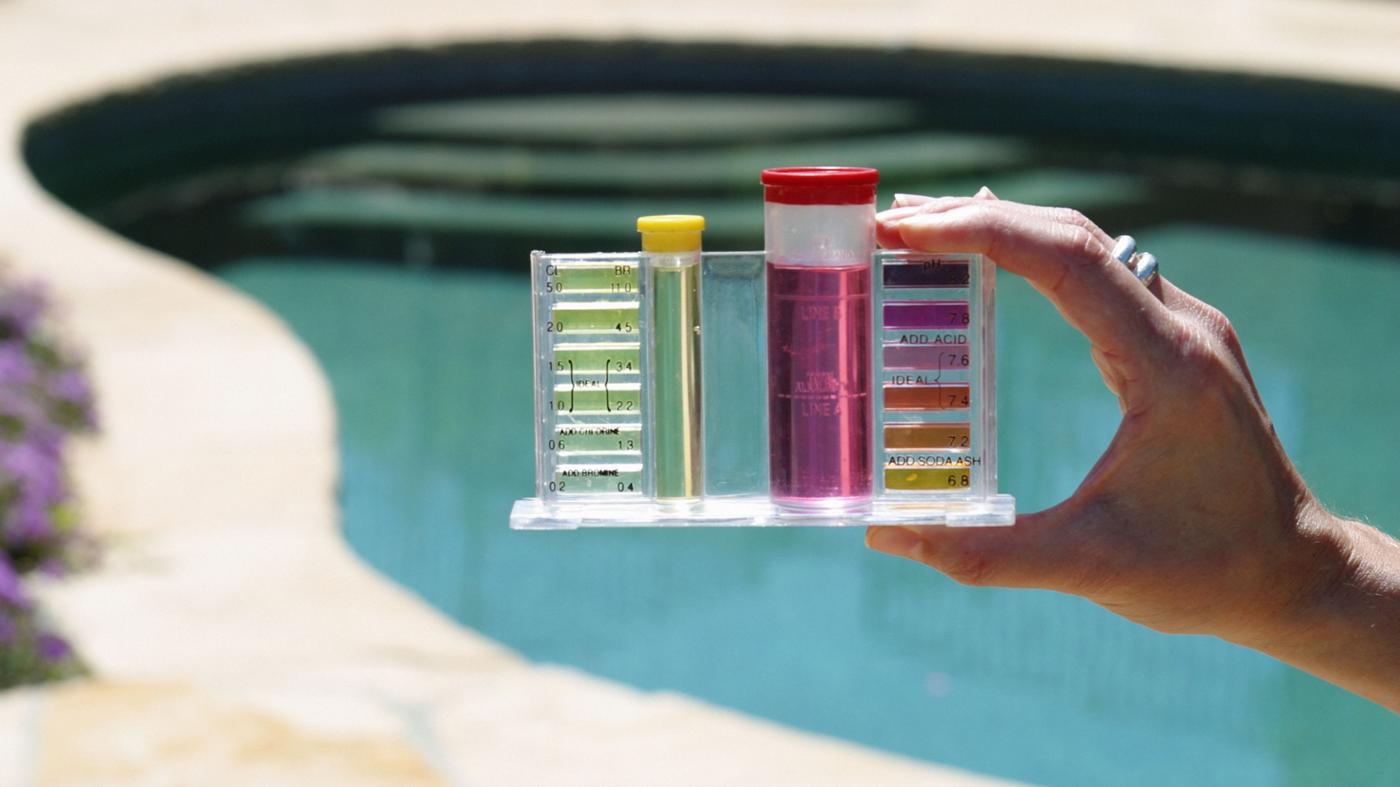
Practical Steps for Maintaining Pool Water Chemistry
Now that we’re equipped with the knowledge of pool water chemistry, let’s dive into the practical steps you can take to maintain it, and how PoolForce can be your ally in this journey.
- Regular Testing: The cornerstone of good pool chemistry is regular testing. Use a reliable testing kit to monitor pH, chlorine, alkalinity, calcium hardness, and stabilizer levels. It’s recommended to test your water at least once a week. For those busy bees, PoolForce can offer regular testing services to take this task off your hands.
- Timely Adjustments: If you find any levels off-kilter, adjust them as soon as possible. This could mean adding pH increasers or decreasers, alkalinity stabilizers, or calcium. Remember, small, regular adjustments are easier to manage than large, infrequent ones. PoolForce can provide you with the right guidance on how to use them.
- Consistent Chlorination: Whether you use chlorine tablets, a saltwater chlorinator, or liquid chlorine, ensure your pool has a consistent level of chlorine. Automated chlorinators can help maintain these levels, and PoolForce can advise you on the best chlorination system for your pool.
- Regular Shock Treatments: Occasionally, your pool will need a shock treatment to break down organic contaminants. This is especially important after heavy usage, a rainstorm, or a noticeable drop in water quality. PoolForce can recommend the best shock treatment products and schedules.
- Professional Help: Sometimes, the best step is to call in the experts. PoolForce offers comprehensive pool maintenance services, including water chemistry balancing.
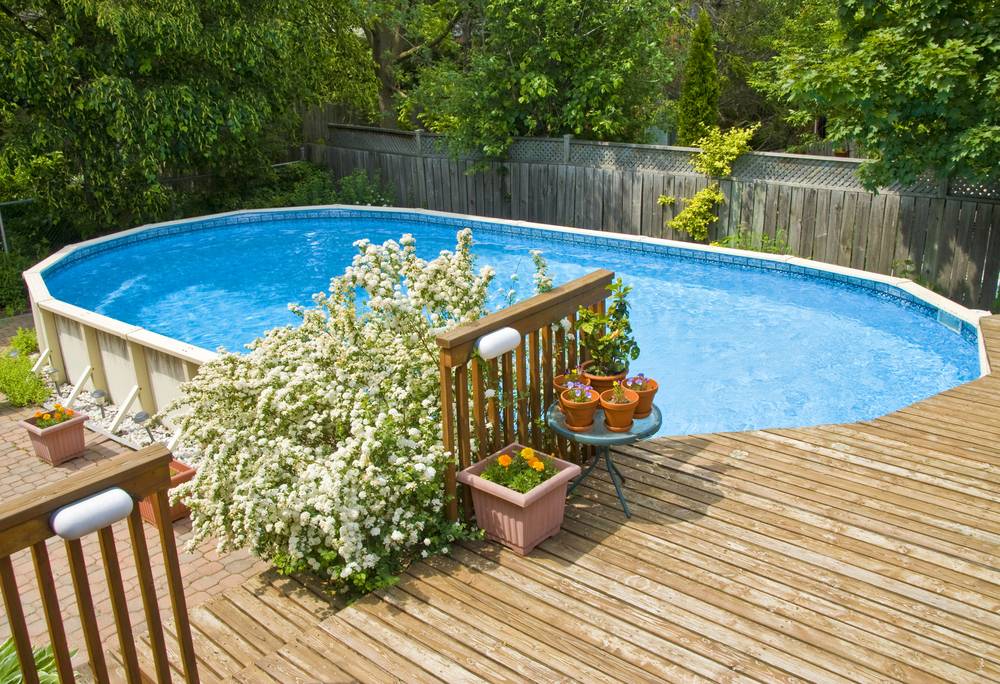
Conclusion
In conclusion, maintaining your pool’s water chemistry doesn’t have to be a daunting task. With the right knowledge, tools, and a little help from PoolForce, you can ensure your pool remains a safe, sparkling oasis for all to enjoy. Remember, regular care is key to preventing major issues down the line.
Contact us directly to learn more about our services and how we can assist in your pool maintenance needs.
Latest

How to Maintain the Recommended Salt level in your Pool in 2024

How Do You Properly Clean a Fiberglass Pool in 2024?

How Do You Know If Your Pool Needs Salt?
Categories
YOU'RE NOT IN THIS ALONE
We are with you every splash of the way
Need a pool fix or looking for an upgrade? We’re just one click away to help with all your pool needs.

